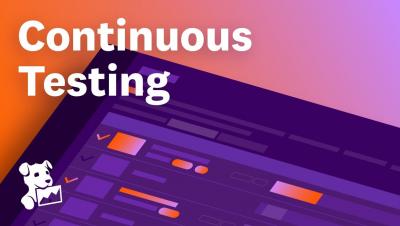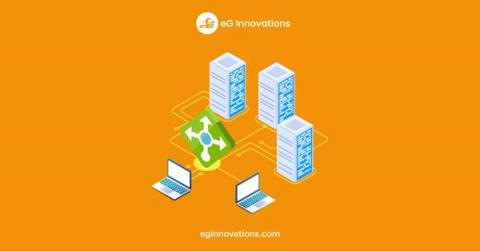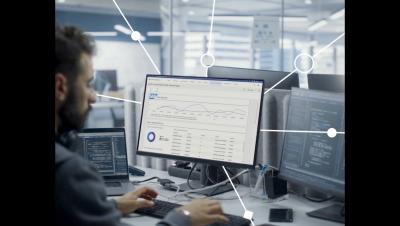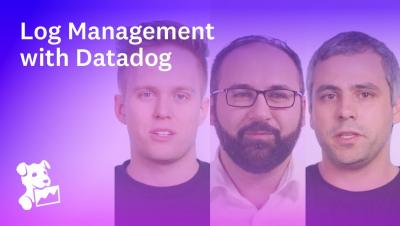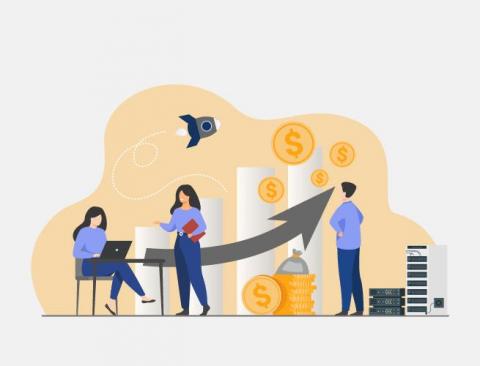Operations | Monitoring | ITSM | DevOps | Cloud
APM
The latest News and Information on Application Performance Monitoring and related technologies.
Trace-based testing with Elastic APM and Tracetest
This post was originally published on the Tracetest blog. Want to run trace-based tests with Elastic APM? Today is your lucky day. We're happy to announce that Tracetest now integrates with Elastic Observability APM. Check out this hands-on example of how Tracetest works with Elastic Observability APM and OpenTelemetry! Tracetest is a CNCF project aiming to provide a solution for deep integration and system testing by leveraging the rich data in distributed system traces.
Loki vs Prometheus - Differences, Use Cases, and Alternatives
Datadog Continuous Testing: Release with Confidence
4 Azure Load Balancer Metrics to Monitor
An Azure Load Balancer is a Layer-4 (TCP, UDP) load balancer that provides high availability by distributing incoming traffic among healthy VMs. A load balancer health probe monitors a given port on each VM and only distributes traffic to an operational VM. Azure Load Balancers are frequently used in Azure Virtual Desktop (AVD) deployments. From our work with Azure Load Balancer, we think there are 4 key metrics and events you should proactively monitor and alert on.
AppDynamics monitoring for SAP solutions overview
How Datadog Log Management Helps Customers Scale to Meet Their Needs
Complete Guide on Docker Logs [All access methods included]
How MSPs can Capitalize on the Rush for Localization of IT Services
“If you are a managed service provider (MSP) in Switzerland, your customers are very likely Swiss customers, so they speak the local language, and they want their data to be in Switzerland, and they want your service provider to comply with all the Swiss regulations. And the same is true in 190 other countries, especially after last year,”





